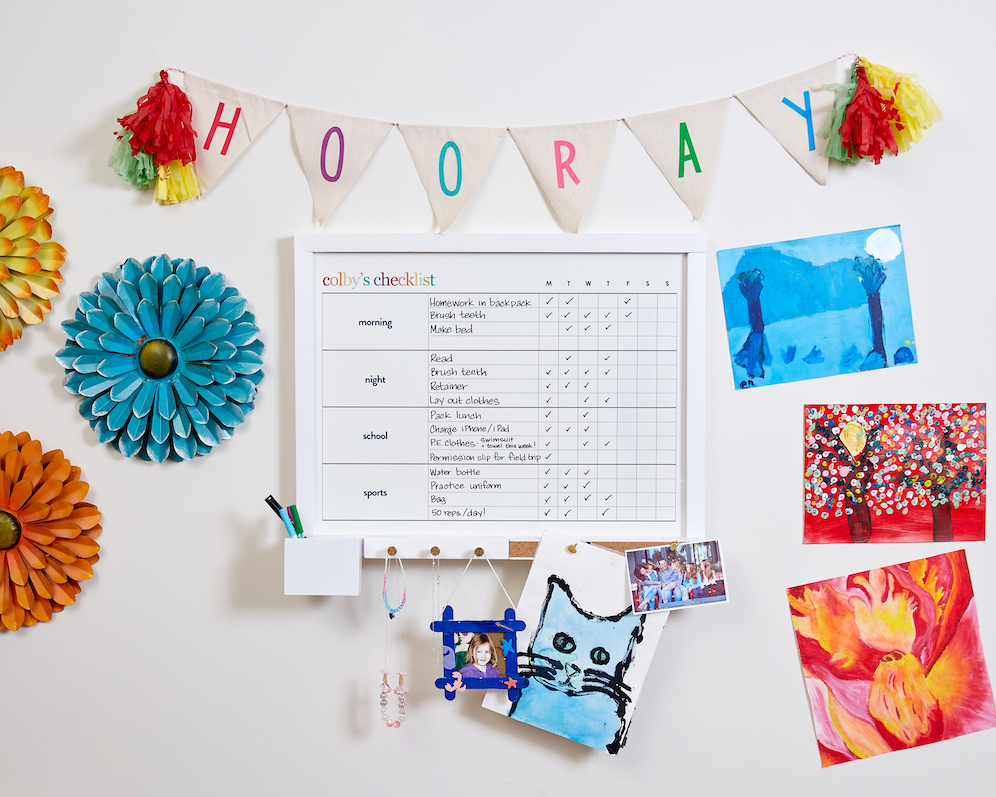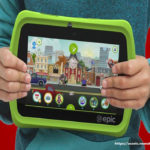It’s very important for kids to learn organizing skills to increase their chances at being successful in school. Often times such skills are not taught in school, but yet the expectations of being able to juggle 5 or 6 classes worth of work is still there. Working with your child and teaching organizing skills at home will give your child the solid foundation he or she needs in order to do well in school, have good self-esteem, and have the courage and confidence to try new things.
A good place to start is to set up a study zone. Find out where your child likes to do homework. Does your child need complete silence to concentrate or is background music preferred? Every child learns differently and so it’s important to do a little investigating if you don’t already know how your child learns best. The study zone can be in your child’s bedroom, at the kitchen table, or maybe even in the basement or a spare guest room. Wherever it is, make sure there’s a large enough flat surface to write on (preferably a desk), it’s free of distractions (TV, cell phones, and away from high-traffic areas, if possible), it’s comfortable (equipped with a proper chair, moderate temperature, and good lighting) and all supplies are stored nearby for easy access.
Set up a desktop filing system. Just like adults have a lot of paper to manage each day, so do students. A great way to keep paper organized is to set up a desktop filing system (a 10″ x 12″ box without a lid that sits right on top of the desk for easy access). There should be a file for each class for storing notes, as well as a few personal files (in the back) for storing things like memorabilia, artwork, invitations, phone numbers, writing ideas, clubs, and sports information. It’s important to file frequently to keep the paper flowing, preferably on Sundays to start the week off organized and ready to learn. Set the system up together and talk about how it will help your child stay organized. At the end of each semester, toss the old papers to make room for the new. Use a lidded cardboard bankers box for archiving papers that aren’t ready to be parted with just yet and store it in a less accessible location.
Teach time management skills using a planner. This is a great tool for helping your child to learn to manage time. This is where your child records absolutely everything – homework assignments and due dates, doctor appointments, social events, club meetings, and sport activities. This will help your child keep track of what needs to get done and when. Choose just one planner and make sure it’s a good fit for your child, there are many on the market. It’s best to have one that’s portable (small enough to fit in a purse and/or backpack) and it must have a full monthly, weekly, and daily view in order to see the whole picture. Help your child get in the habit of keeping it close, writing in it, and referring to it often. Don’t worry if your child doesn’t get it right away. Time is a difficult concept to understand since it can’t be seen or touched (not tangible). Be very patient, extremely encouraging, and work consistently with your child on this until it starts to sink in.
Evaluate and modify as needed. Once such systems have been put in place and your child has had time to use them, it’s very important to do regular check-ins. Ask your child what’s working, what’s not working and why. Make changes as necessary, keeping things as simple as possible. The time and effort you put into it now, will be well worth the effort down the road.











